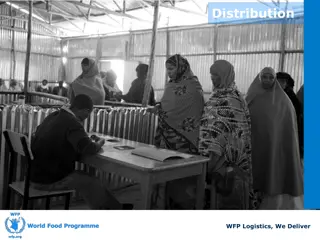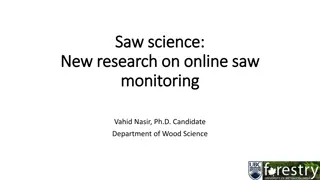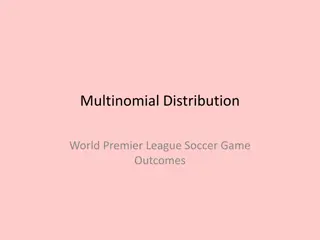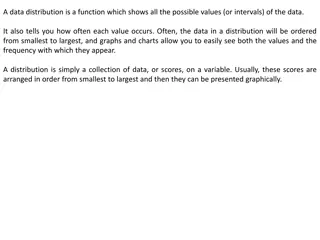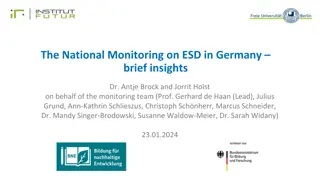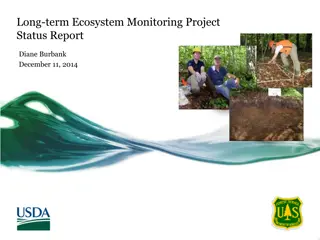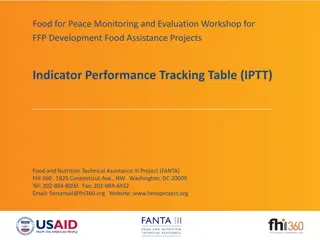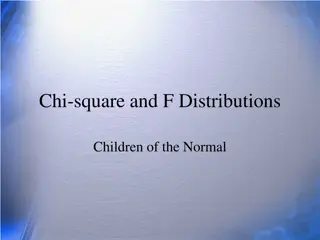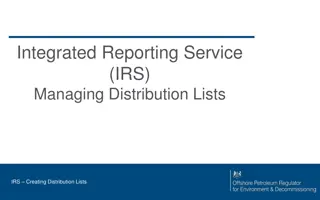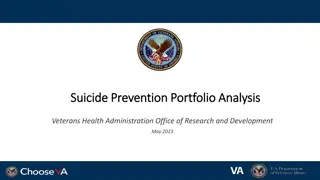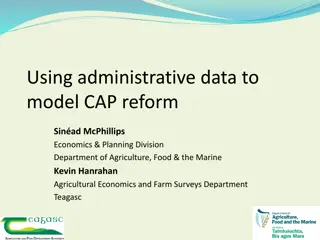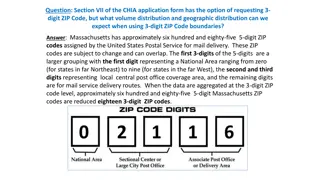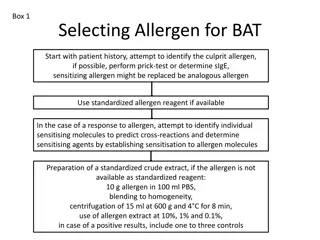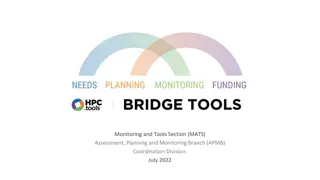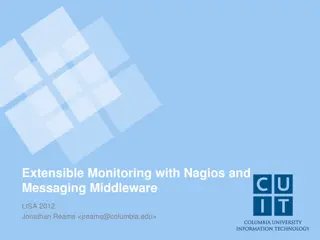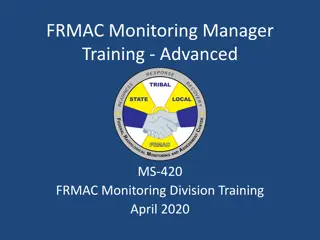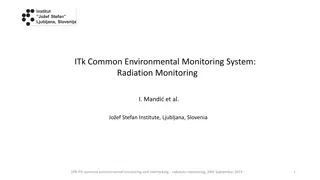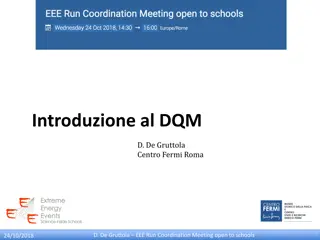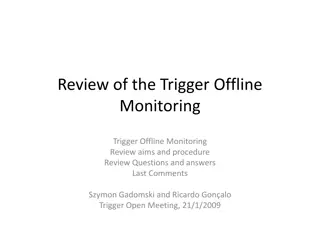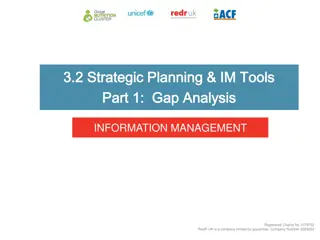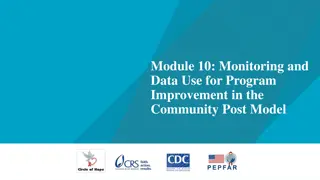Review of Post-Distribution Monitoring Tools - Analysis and Insights
This review analyzes existing post-distribution monitoring tools and methodologies used by various partners, highlighting common themes and challenges. It discusses the need for a common monitoring template and methodological guidance to streamline processes. Key findings include variations in monitoring practices and the importance of tracking outcomes. The review concludes with recommendations for the development of standardized monitoring tools and market surveillance processes.
Download Presentation

Please find below an Image/Link to download the presentation.
The content on the website is provided AS IS for your information and personal use only. It may not be sold, licensed, or shared on other websites without obtaining consent from the author. Download presentation by click this link. If you encounter any issues during the download, it is possible that the publisher has removed the file from their server.
E N D
Presentation Transcript
Review of Post Distribution Monitoring Tools PQWG August 2014 Ruco Van Der Merwe
Objectives Review and analyze existing PDM tools and methodologies being used by partners Develop common PDM template and/or methodological guidance if desired by PQWG
Data Sources 16 Participants WFP South Sudan World Vision Samaritan's Purse FAO WFP Solidarites ACF Somalia CVMG OXFAM (Philippines) CARE (Pakistan) Caritas UNHCR Secondary Through Internet 33% Directly From Partner 67%
Analysis - - - Examined commonalities (themes) across three spheres Themes only occurring once were dropped Outcome indicators indicated in red IN-KIND PDM C&V PDM METHODOLOGY
Inclusion Rate IN-KIND PDM 100% 90% 80% 70% 60% 50% 40% 30% 20% 10% 0%
Inclusion Rate C&V PDM 100% 90% 80% 70% 60% 50% 40% 30% 20% 10% 0%
Common Themes METHODOLOGY Generally conducted 1-2 weeks following distributions. Simple random sampling where beneficiary lists are available. Unit of sampling: Beneficiary Household Sample Size: Sample 3-10% of total beneficiary population 90% C / +-10% CI 95% C / +-5% CI
Questions METHODOLOGY Given that PDMs are routine data collection mechanisms, is it realistic/useful to gather large sample sizes? Should brevity be valued to ensure increased accuracy and predictability?
Lessons Learned Tracking outcomes is not mainstreamed across PDMs. Wide variation in PDM length and methodology.
Next Steps Is there a need for PDM template which captures most frequently used elements? Is there a need for methodological guidance? What about market monitoring / surveillance?



